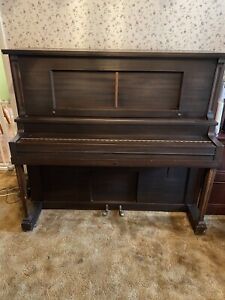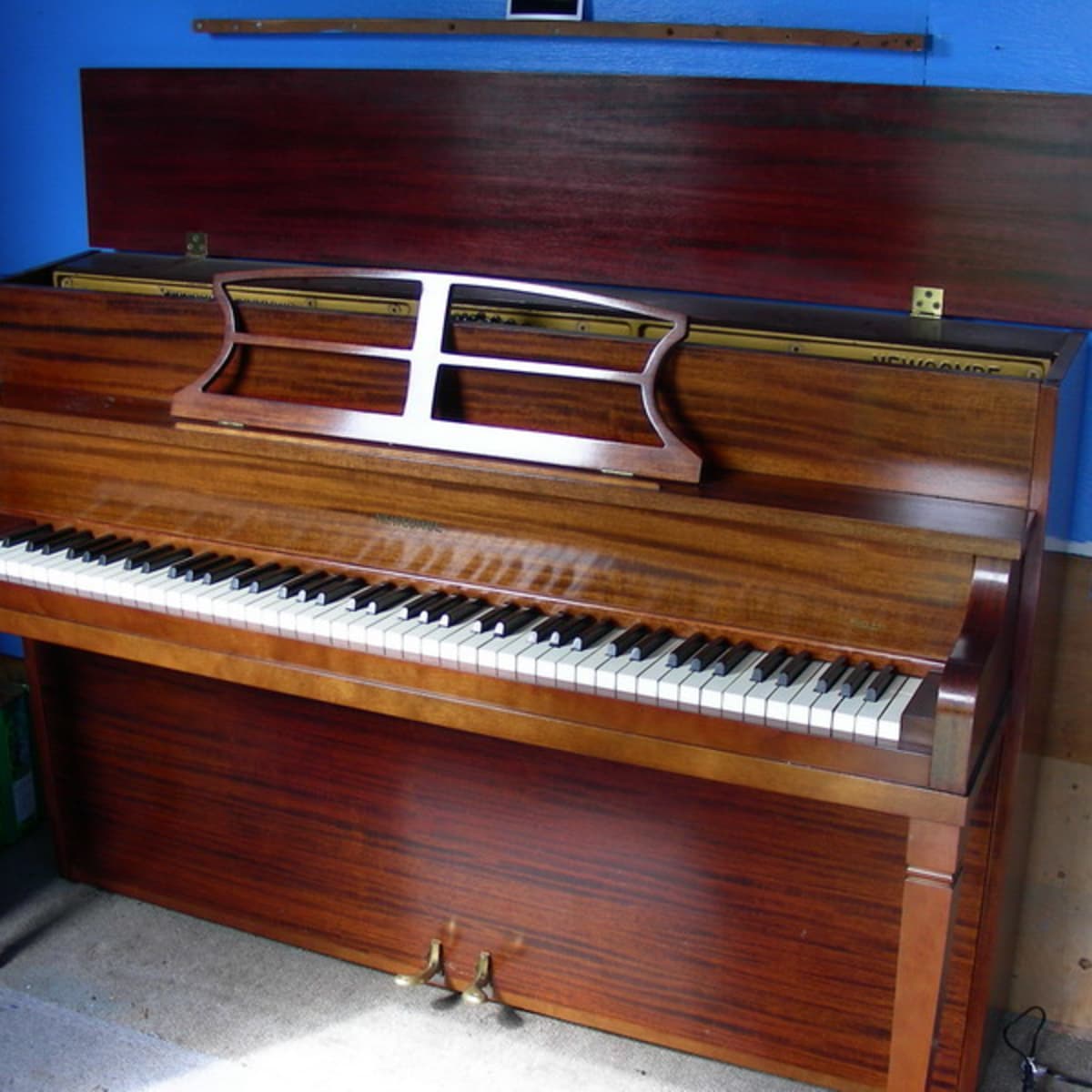
A little over a decade later, the company stopped piano production altogether.Įven in its heyday, Lester pianos were a less expensive option for an in-home piano. However, the actions performed poorly and were recalled by the company later that year. With the rise of plastics in the 1940s, Lester joined the bandwagon.

In 1947, Lester PIano Company decided to pilot a new piano action with the elbows made of plastic. Many of the public schools in Philadelphia have Lester pianos. Lester also marketed a piano specifically for use in schools during music classes and performances. This was a popular model because of the size and sound, and it was available in a 37 and 40 inch and a variety of styles. Perhaps the most common the Lester pianos still found today is the Betsy Ross Spinet. Lester marketed their pianos for being better quality than many contemporary brands, while still remaining an affordable option for the everyday American. īased in Delaware County, Pennsylvania, Lester Piano Company was an all-American piano brand in the early 1900s around the time many were beginning to purchase pianos for in-home playing.


Some of their later piano names, before going out of business in 1960, were Lester, Betsy Ross, Bellaire, Betsy Ross Spinet, Cable & Sons, Channing, Gramer, Lawrence, Regent, Schilling, and Schubert. Established in 1888, Lester Piano Company manufactured pianos under several different names including Lester, Leonard & Co., Alden, Gounod prior to the 1920s. A lesser-known piano brand in today’s market, Lester pianos were most popular in the early 1900s.


 0 kommentar(er)
0 kommentar(er)
